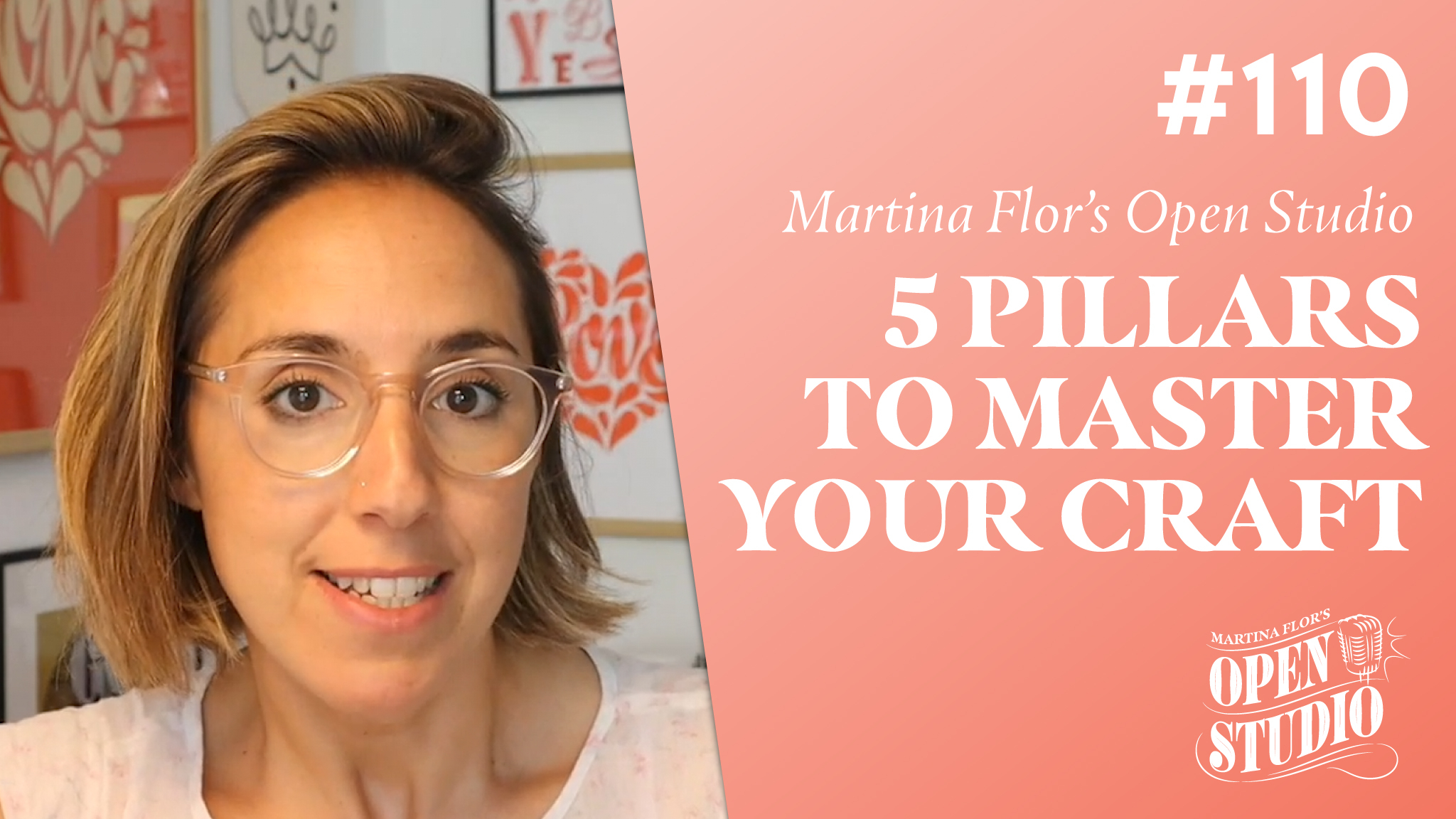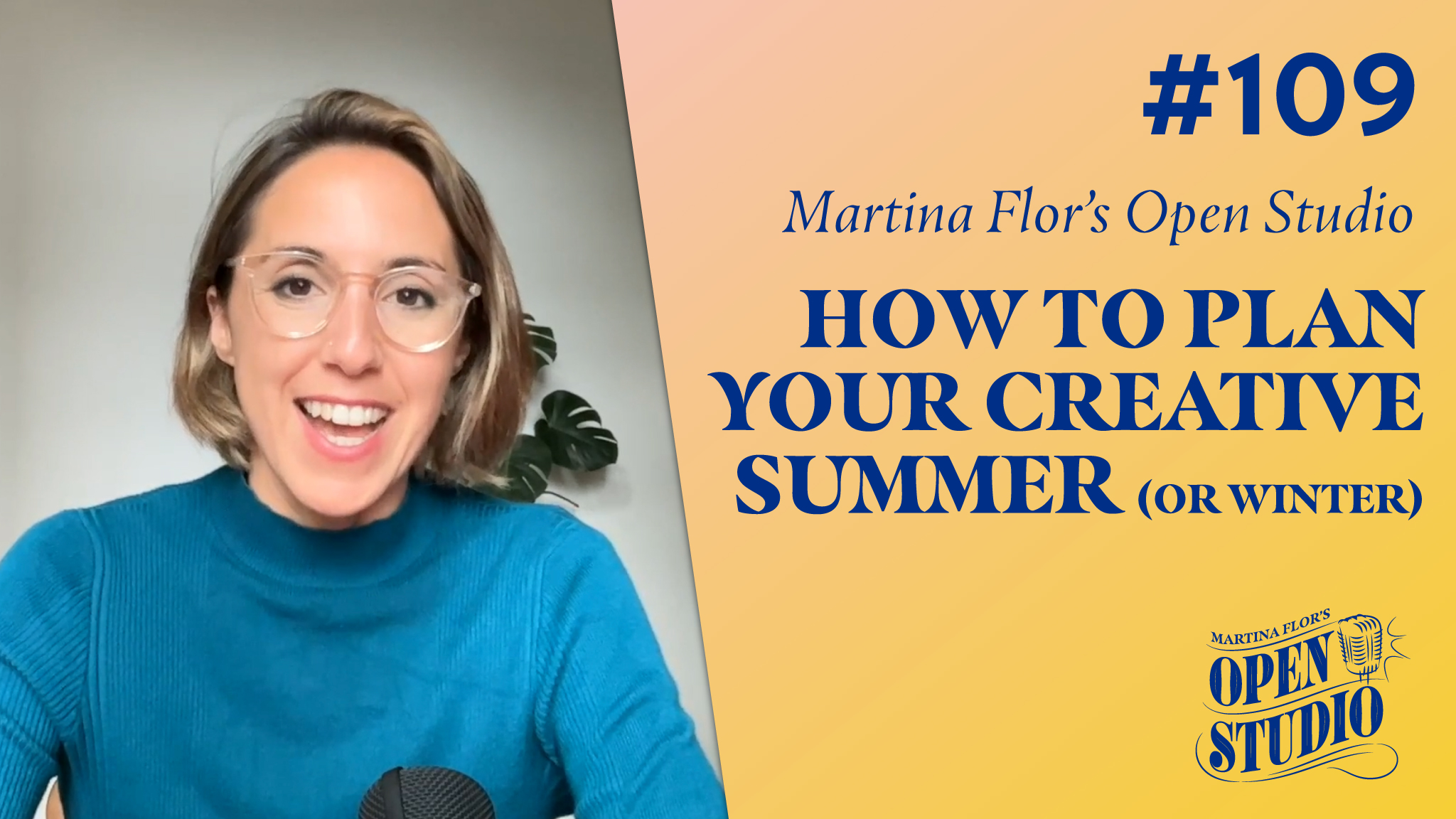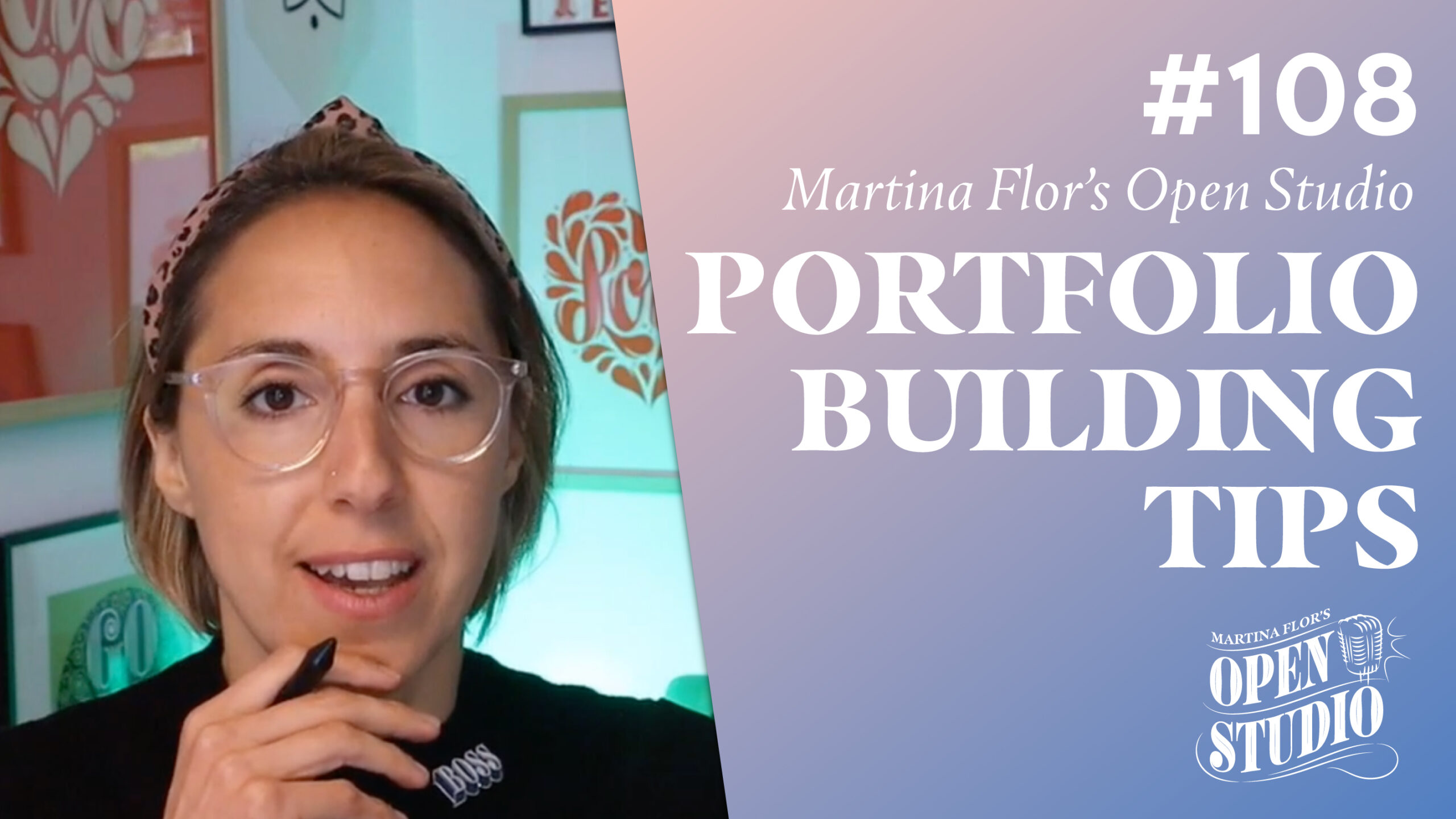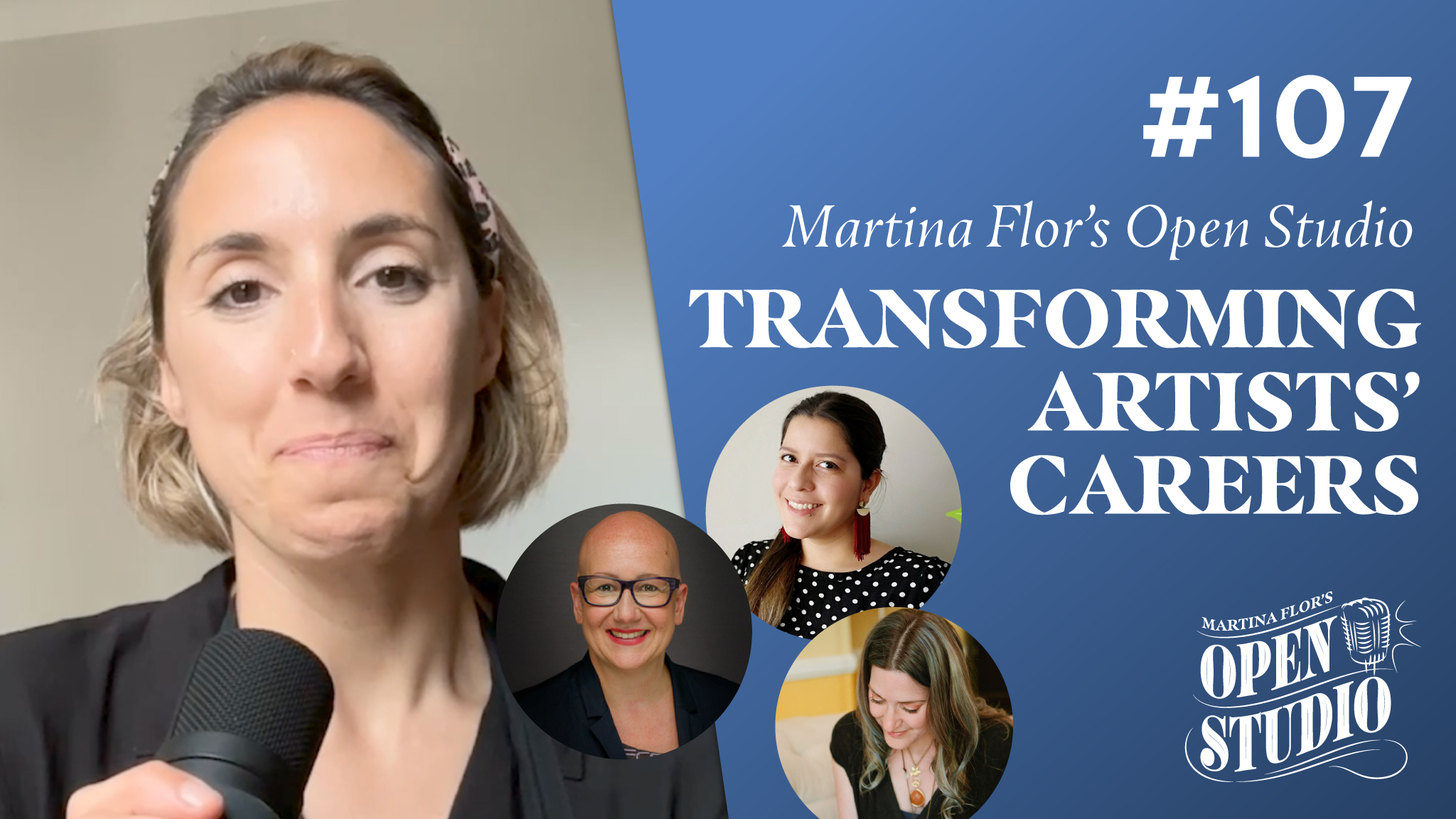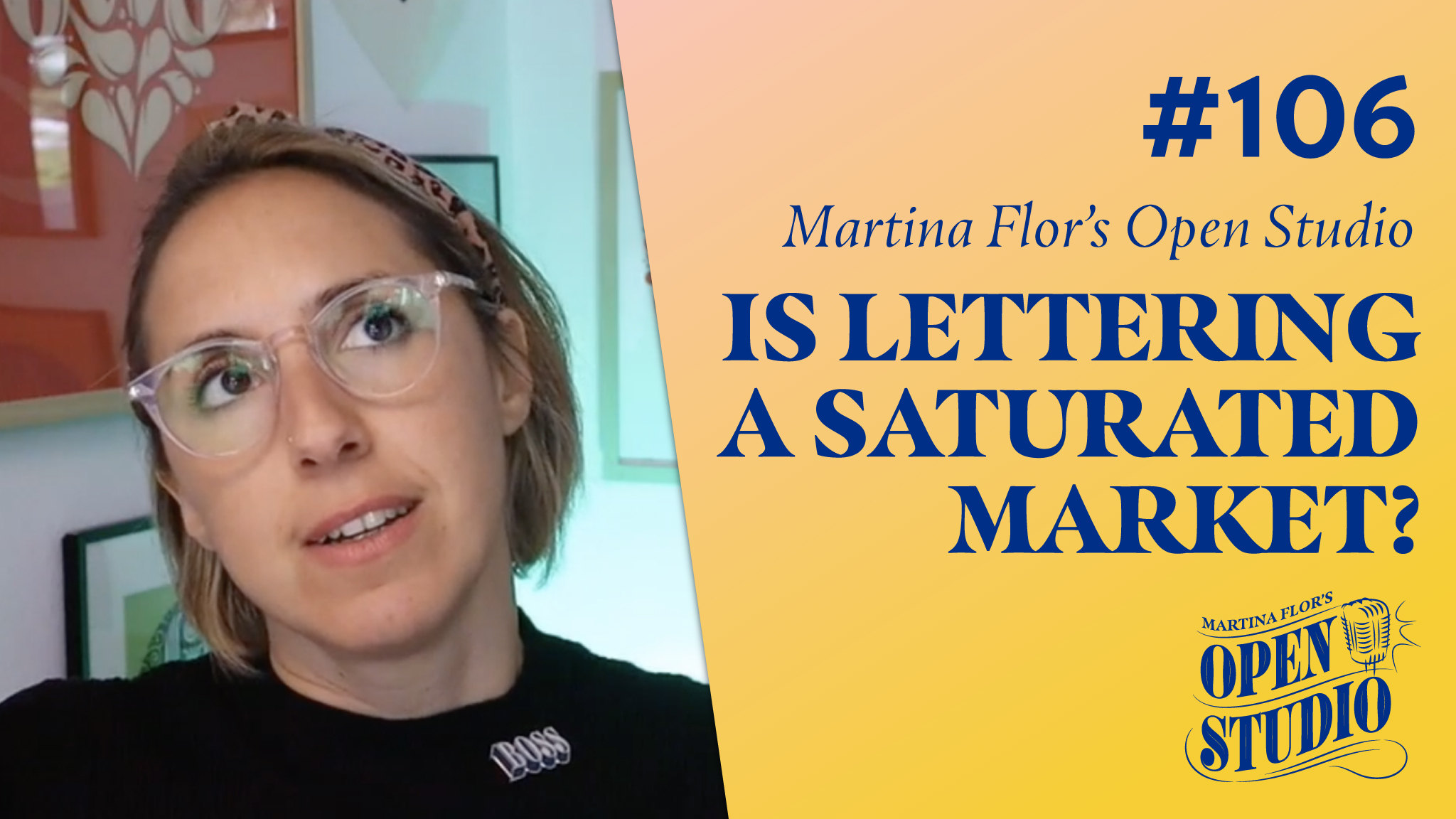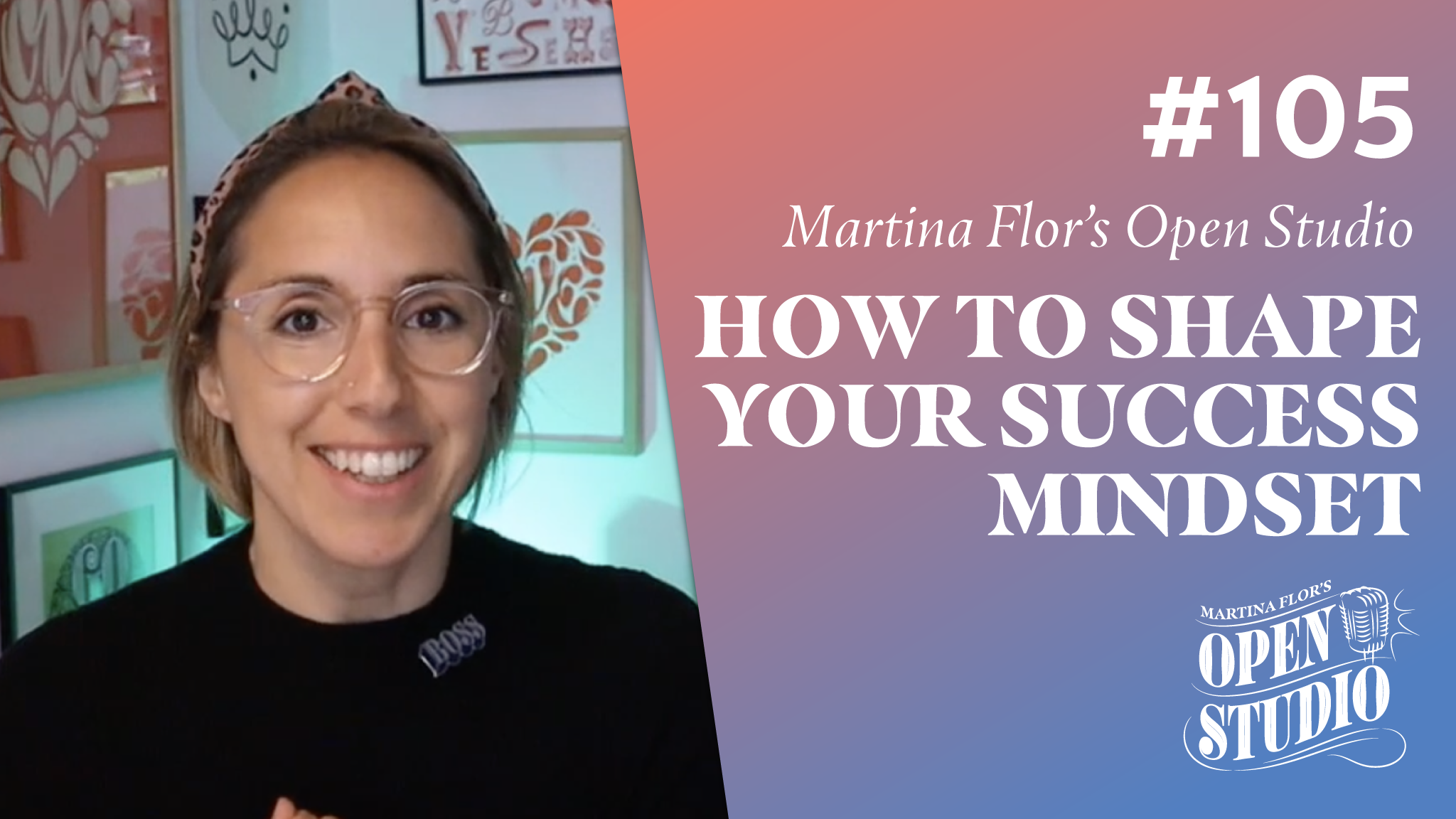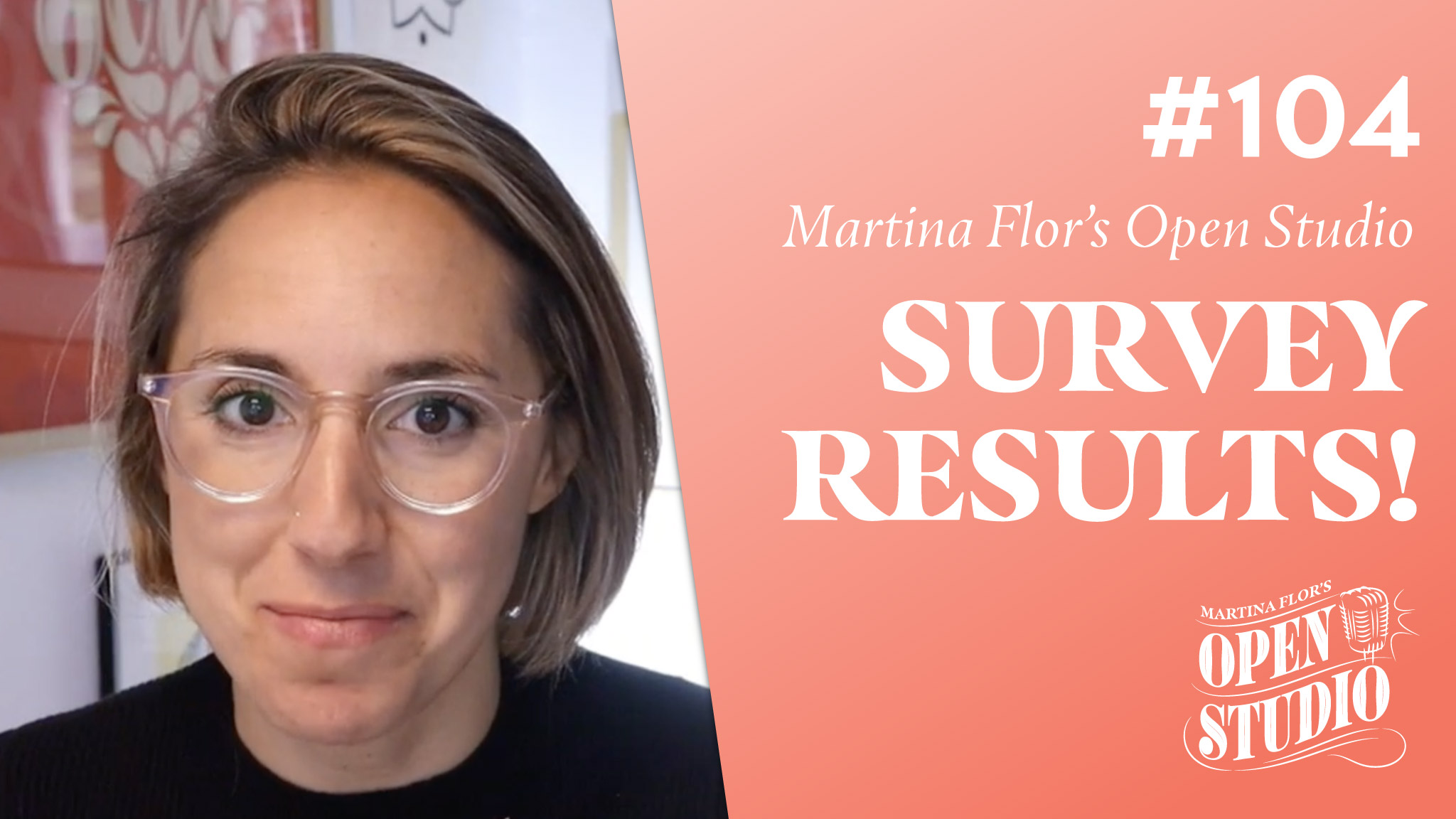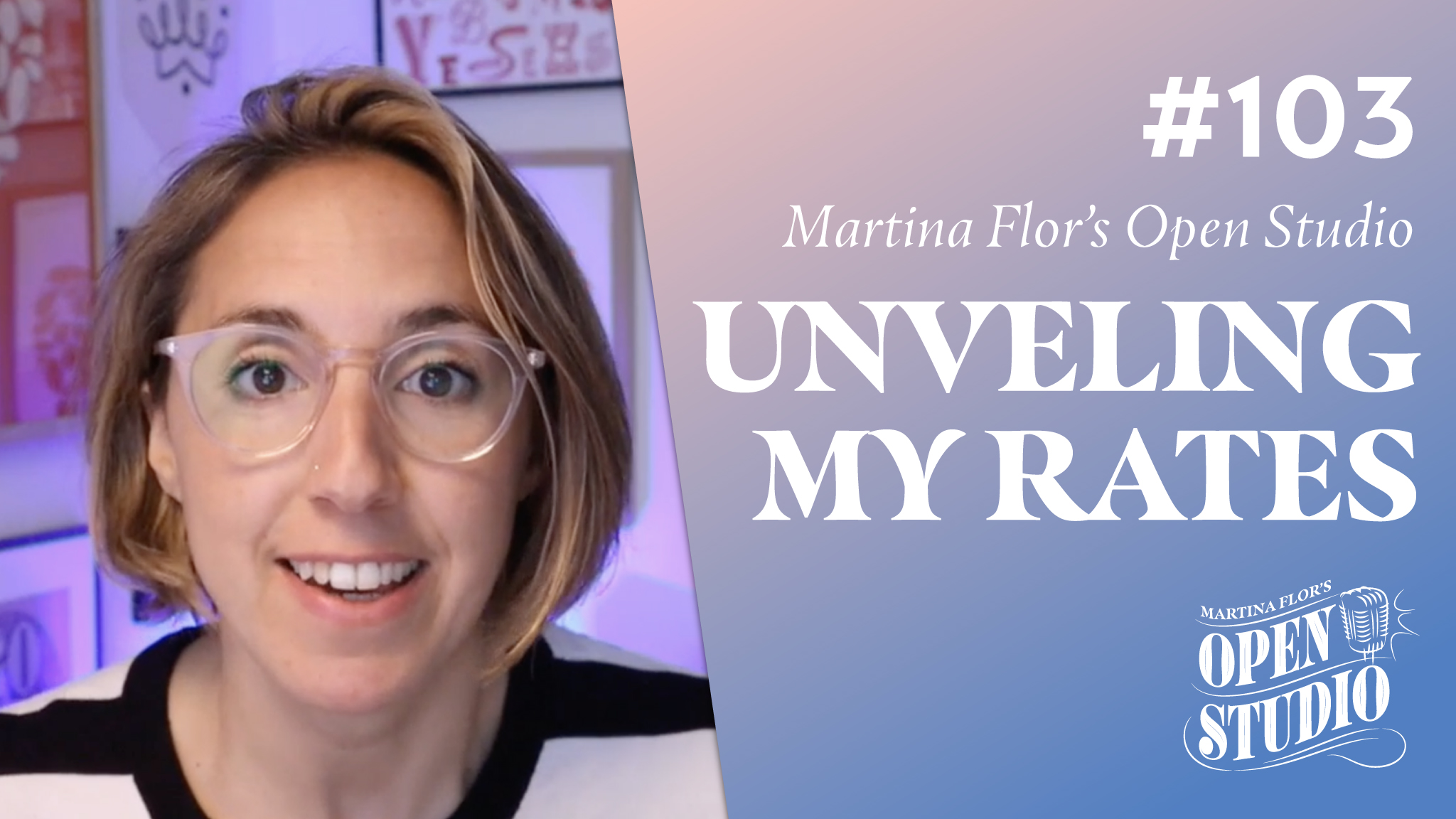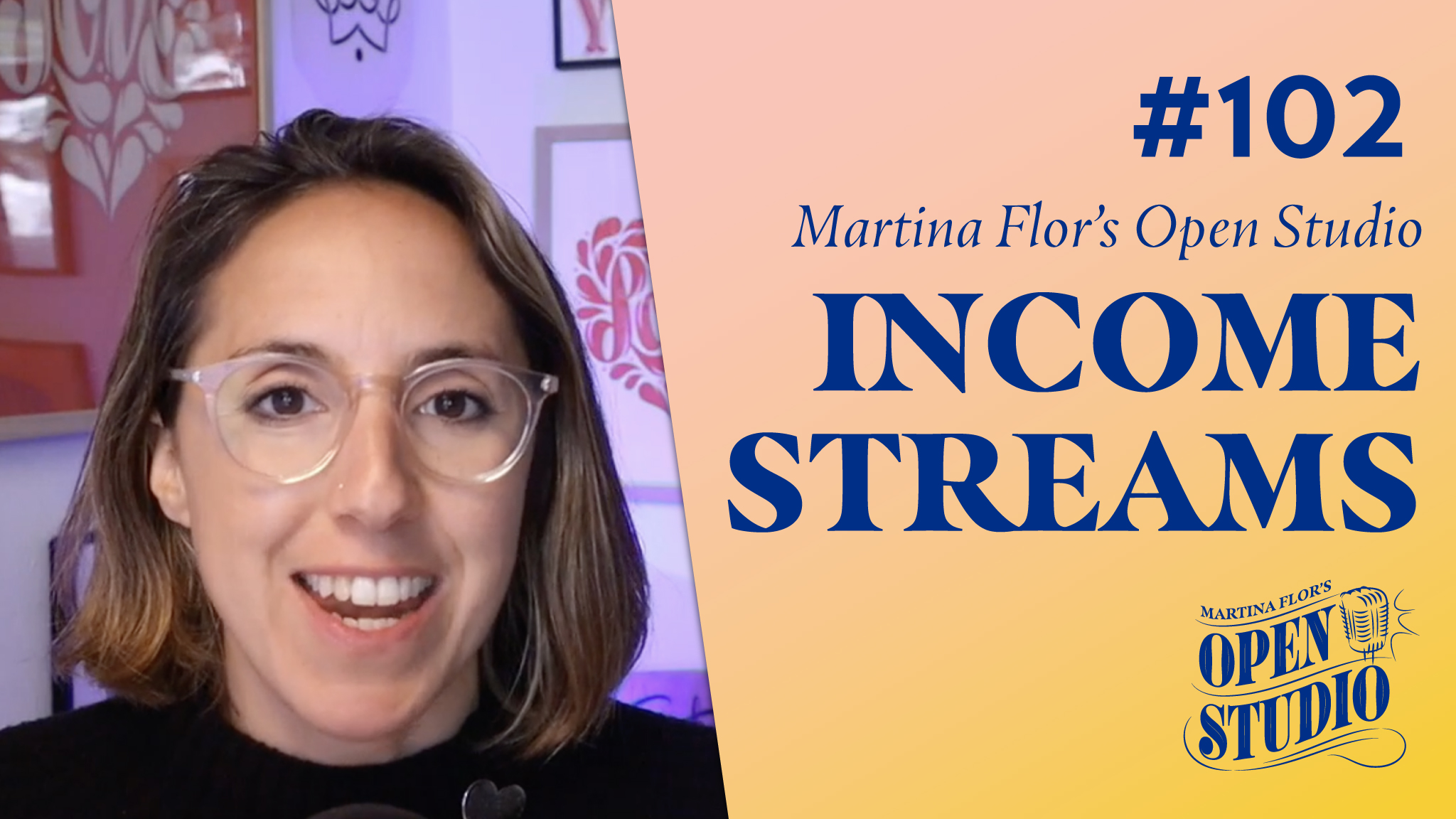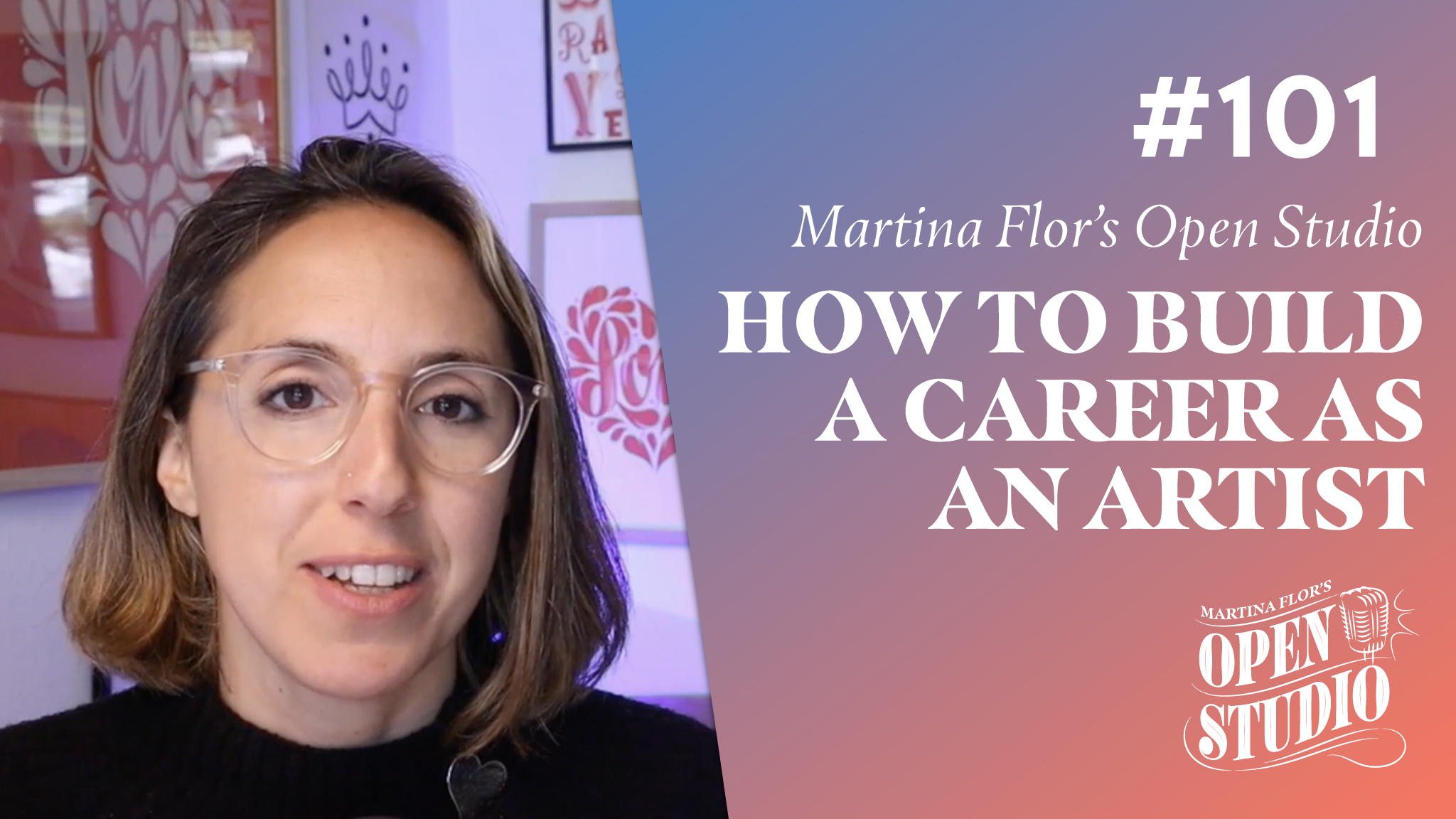Imagine others in awe, asking, "How do you do it?" Picture creating work you’re really proud of. Mastering a craft isn't exclusive to the naturally gifted—it's within your reach as well. In this episode, uncover the 5 essential pillars to thrive with your art and become the master of any craft. Get ready to unleash your creative potential.
Mentioned in This Episode
- Download my Lettering DNA free PDF ➡️ https://www.martinaflor.com/letteringdna
- Sign up for my Lettering Tips newsletter ➡️ https://www.martinaflor.com/letteringtips
- Follow me on instagram ➡️ https://www.instagram.com/martinaflor/

